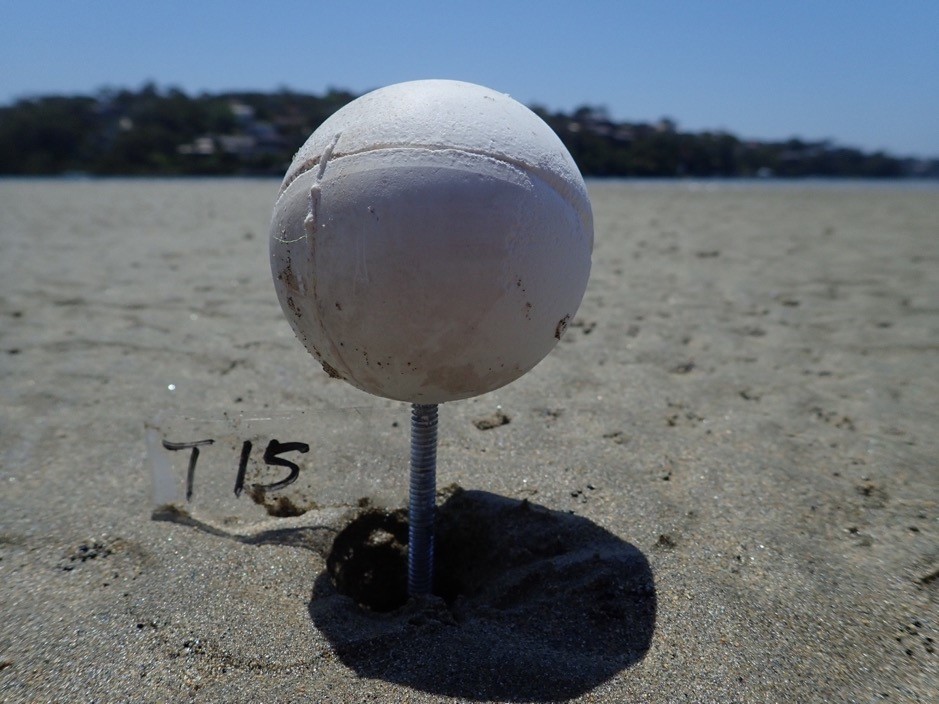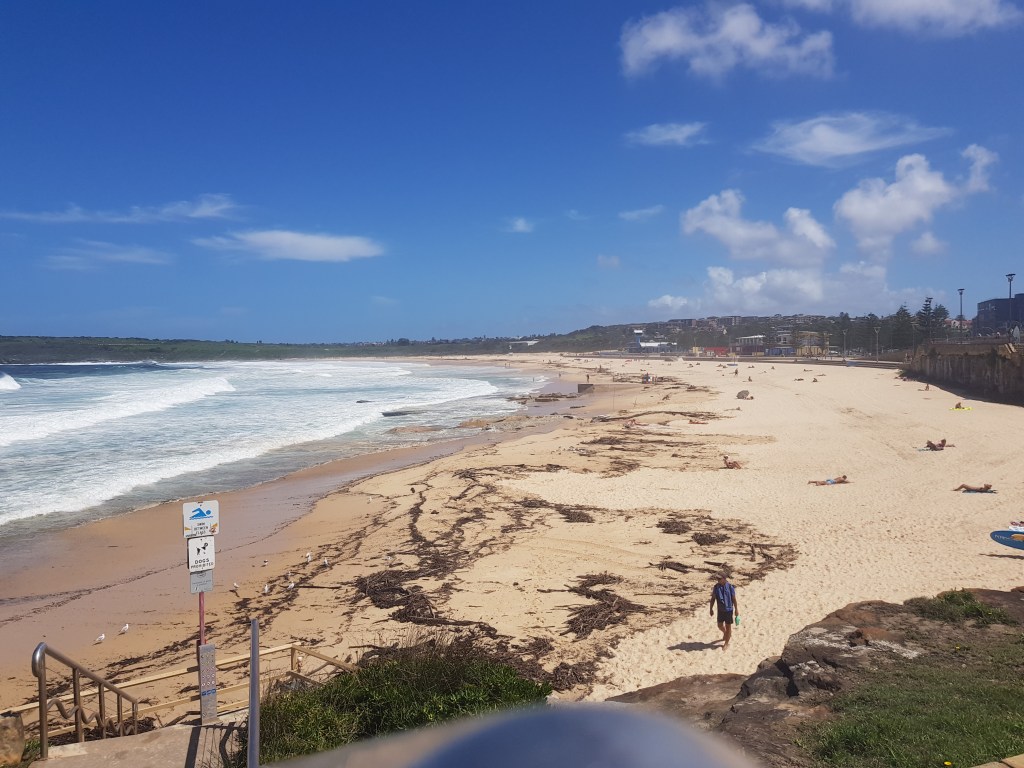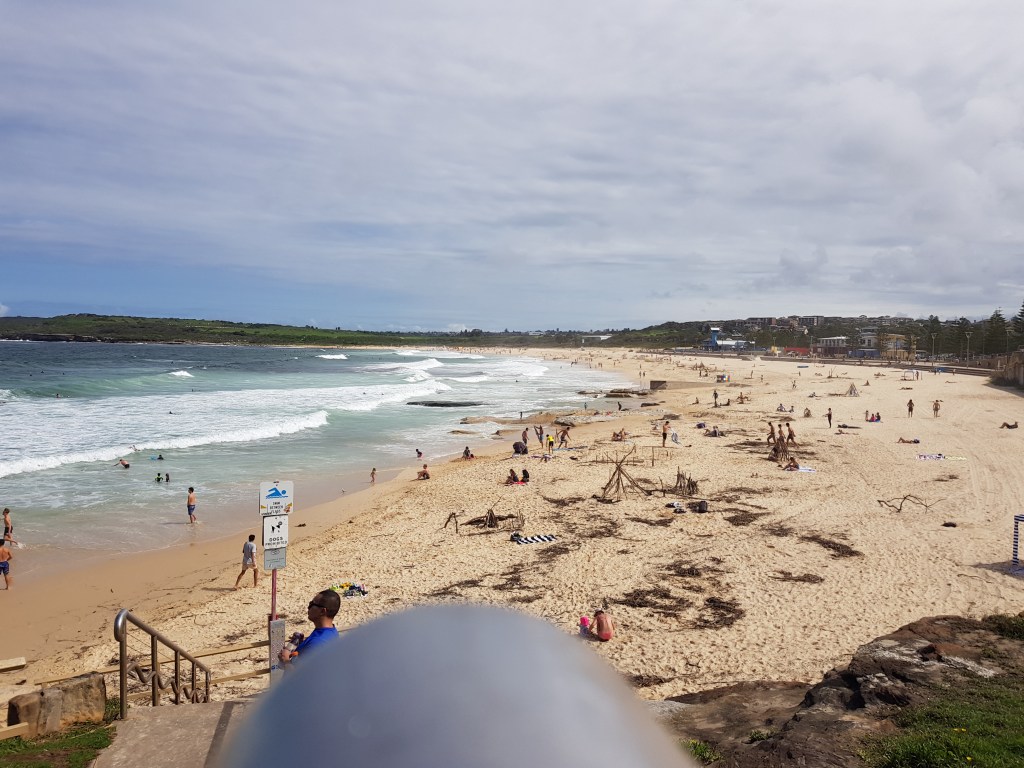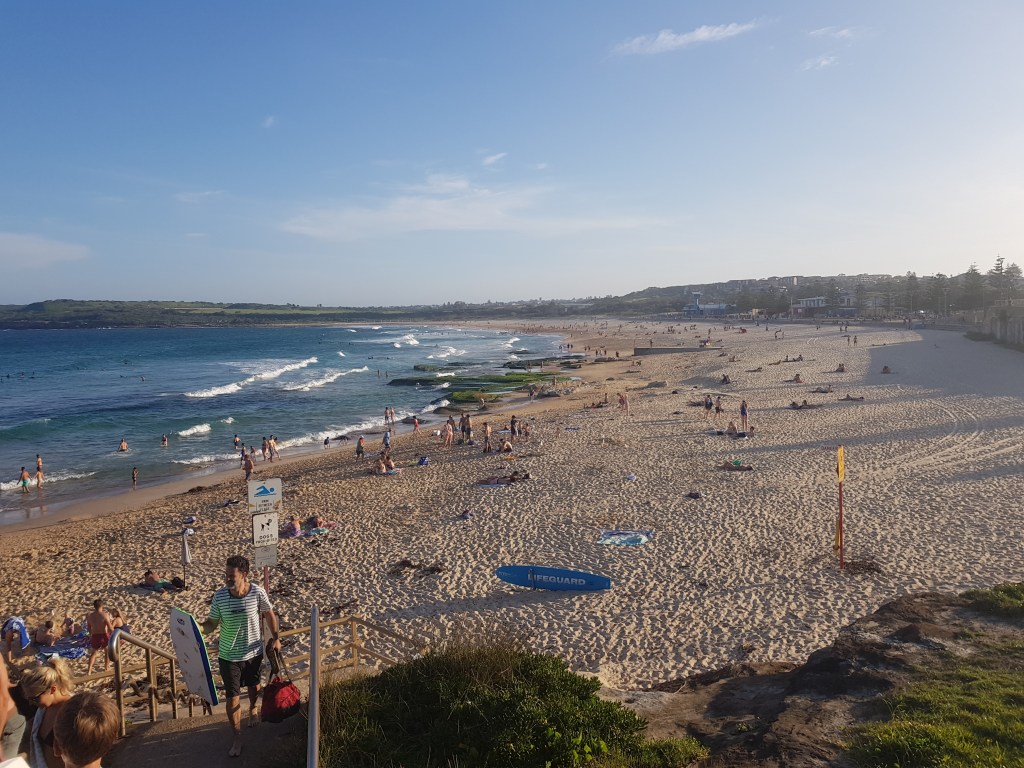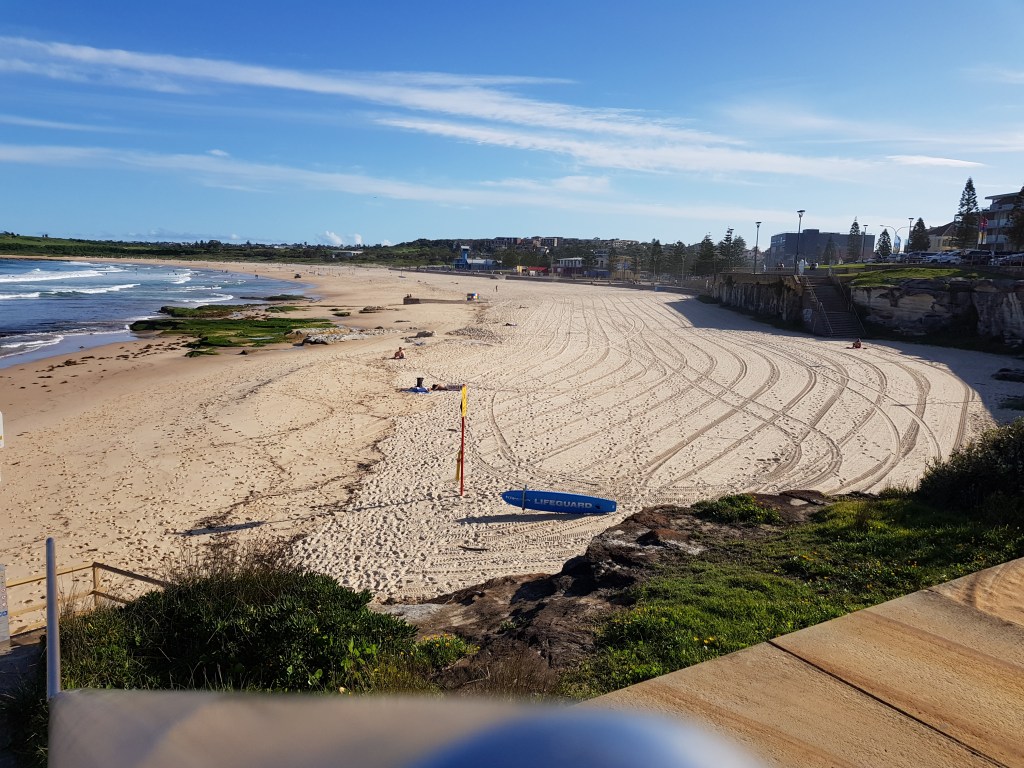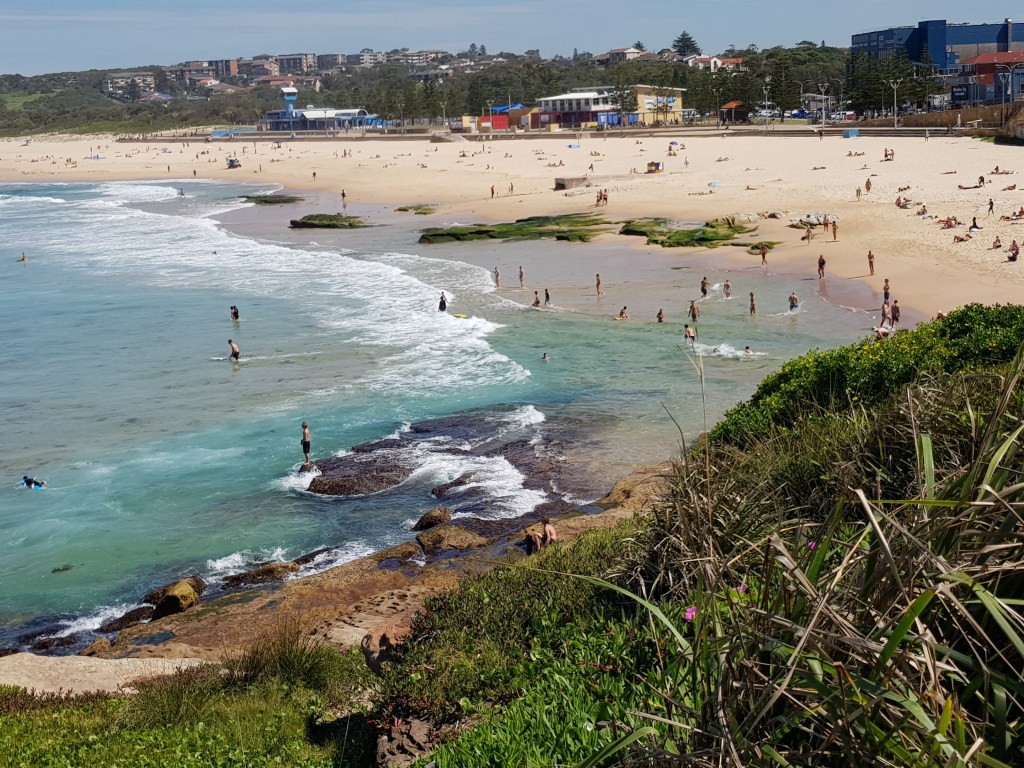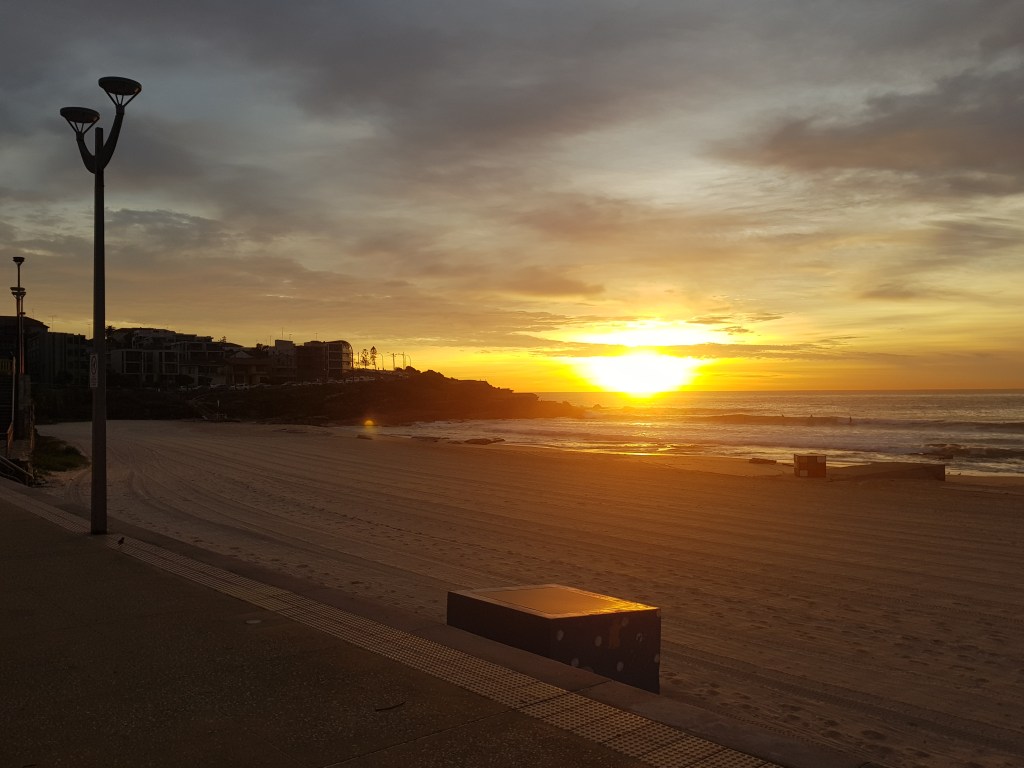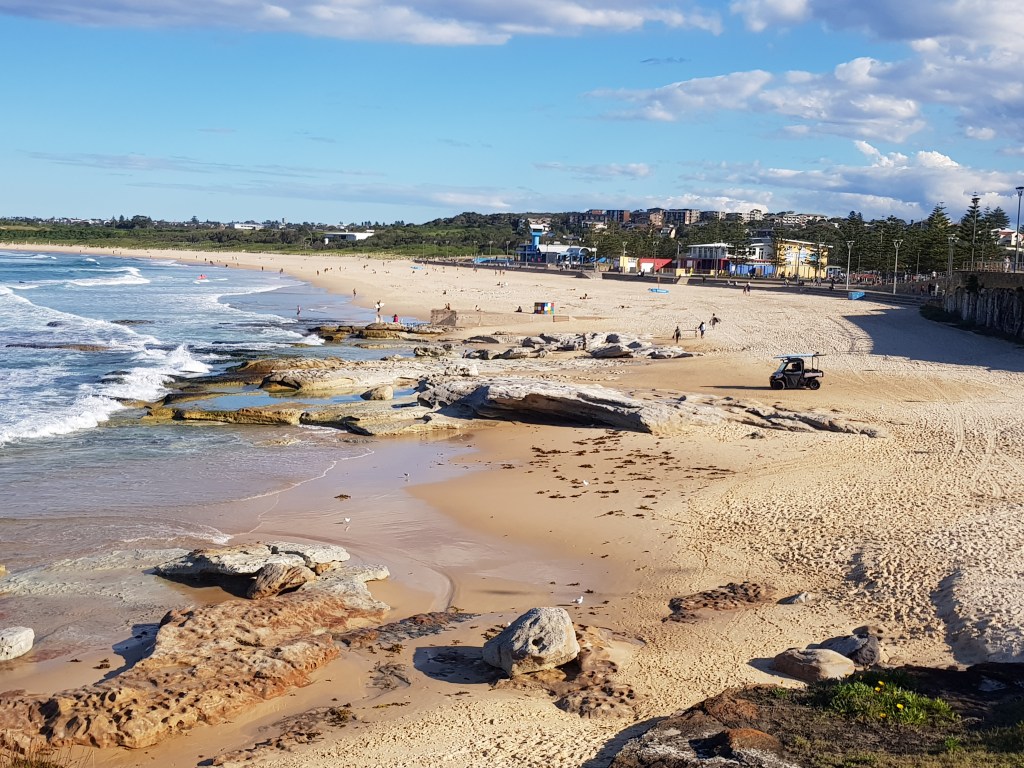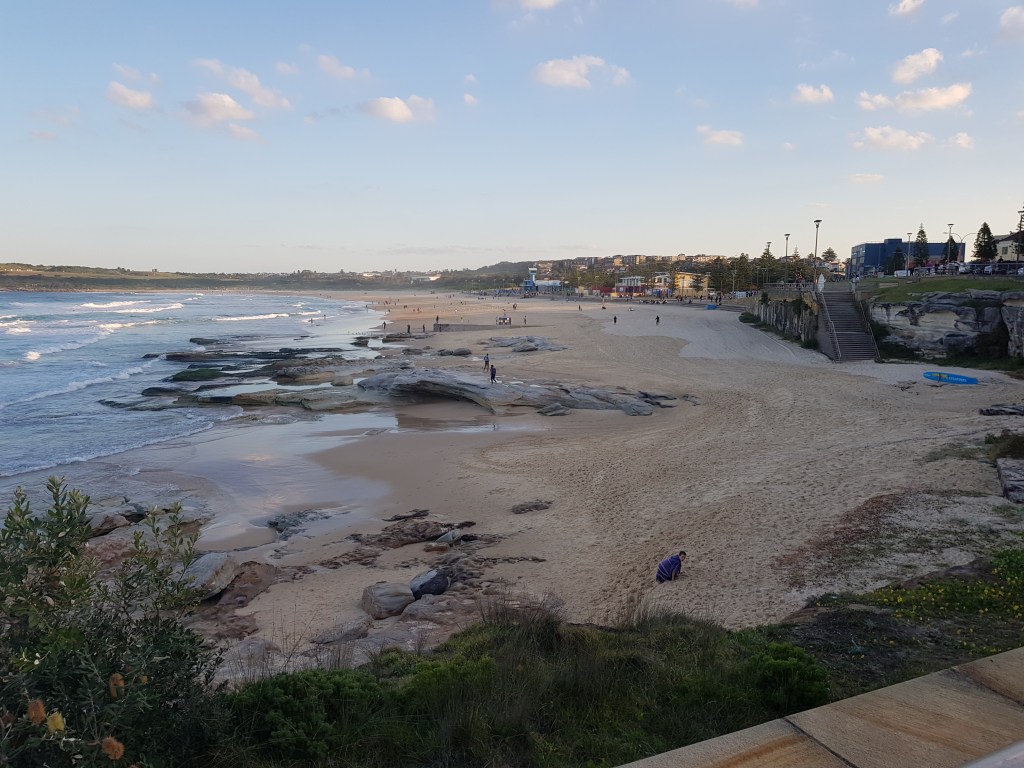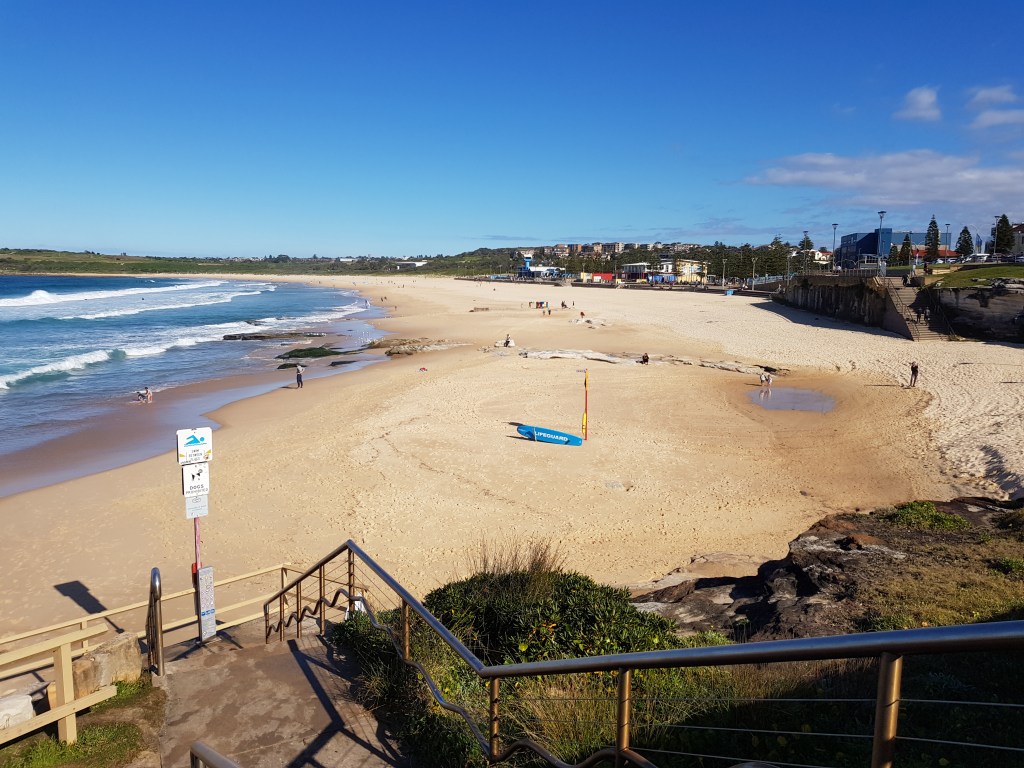GRG members undertake research in this area both in temperate and tropical environments and in different time-scales. Our research goes from Holocene to contemporary processes and from instantaneous sediment transport to decadal coastal evolution, storm response and recovery and coastal erosion. This line of research is mostly field-based, we do a lot of fieldwork including topography, bathymetry, instrument deployments to measure waves and currents. We produce data that is then used in numerical modelling and feeds into other lines of research like, for example, Coral Reefs and Ocean Governance.
- Coral reef morphodynamics
- Beaches in estuaries and bays
- Embayed beaches
- Oyster reef morphodynamics
Coral reef morphodynamics #coralreefmorpho
While well known for their incredible biodiversity, coral reefs are largely composed of sediments. Our research includes studies in sediment transport of carbonate sand and how it is different from the siliciclastic (quartz). We also study the processes of wave transformation and dissipation over coral reefs, with special focus on the spur and groove area, and the processes that govern the development of sediment deposits such as sand aprons in coral reefs.
Our international collaborators in this line of research include researchers from Japan (Ryukyu University, Fukuoka University, Tokyo University, Tohoku University) and New Zealand (Auckland University).

OLYMPUS DIGITAL CAMERA 
OLYMPUS DIGITAL CAMERA 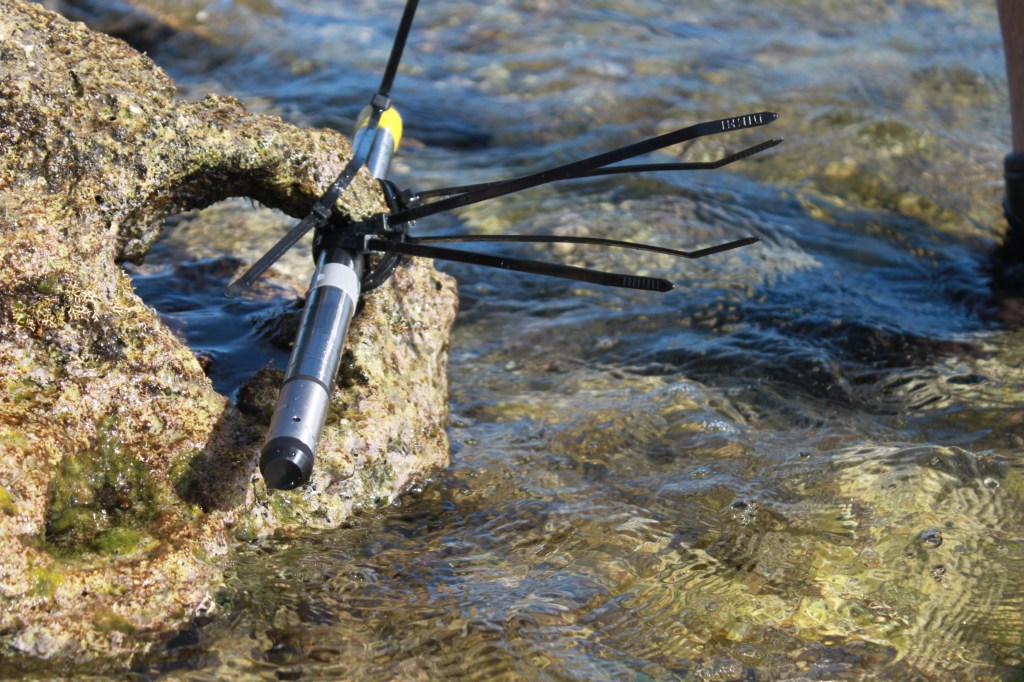
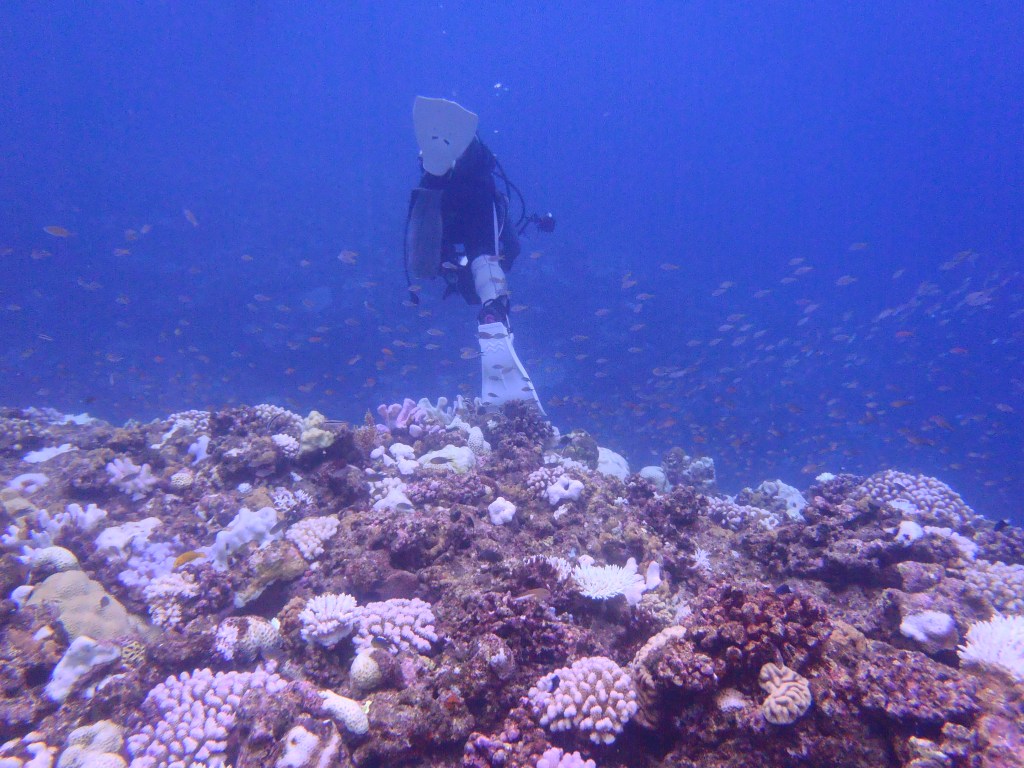
OLYMPUS DIGITAL CAMERA 
OLYMPUS DIGITAL CAMERA 


DCIM\119GOPRO
Beaches in estuaries and bays (BEBs) #BEBs
Beaches in estuaries and bays have the common characteristic of receiving limited (or none at all) ocean waves. Their morphodynamics are controlled by the underlying geology and the estuary characteristics as well as their position within the estuary. In the Sydney region, we currently monitor beaches in Kamay (Botany Bay), Sydney Harbour, and The Pittwater estuary. The shorelines of Port Stephens have also been the subject of our research in the past.
We are leading an international effort in BEBs research that includes the following international partners: University of Waikato (New Zealand), University of California Davis (USA), University of Cadiz and University of Vigo (Spain), University Federal do Para (Brazil).
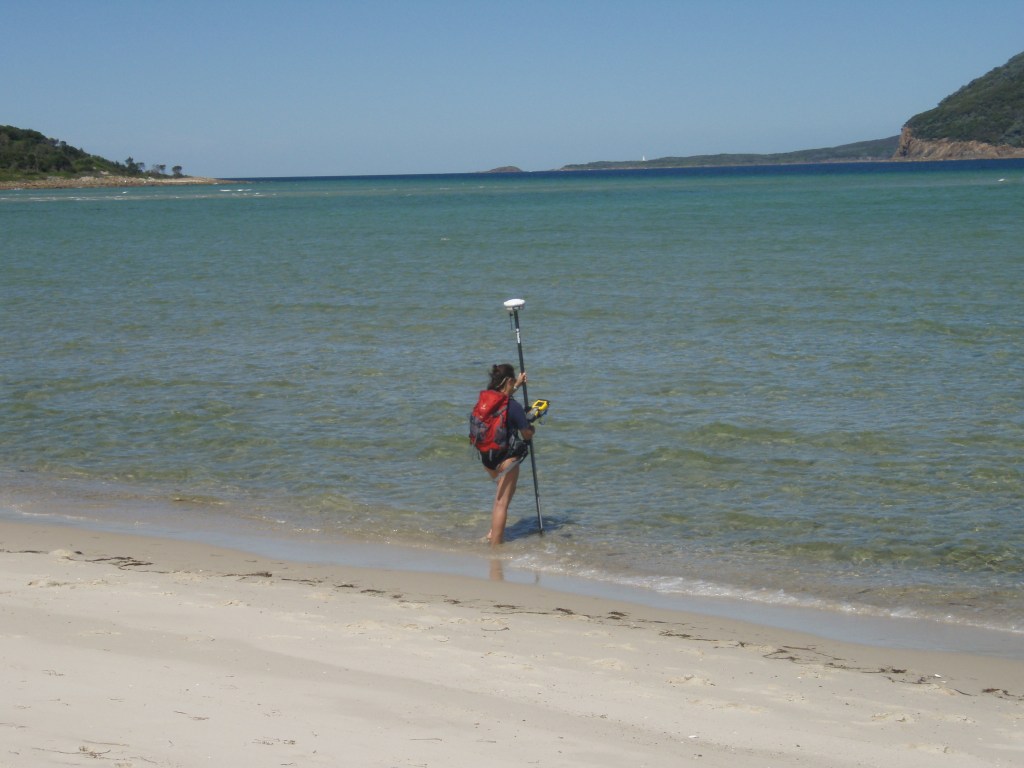
OLYMPUS DIGITAL CAMERA 
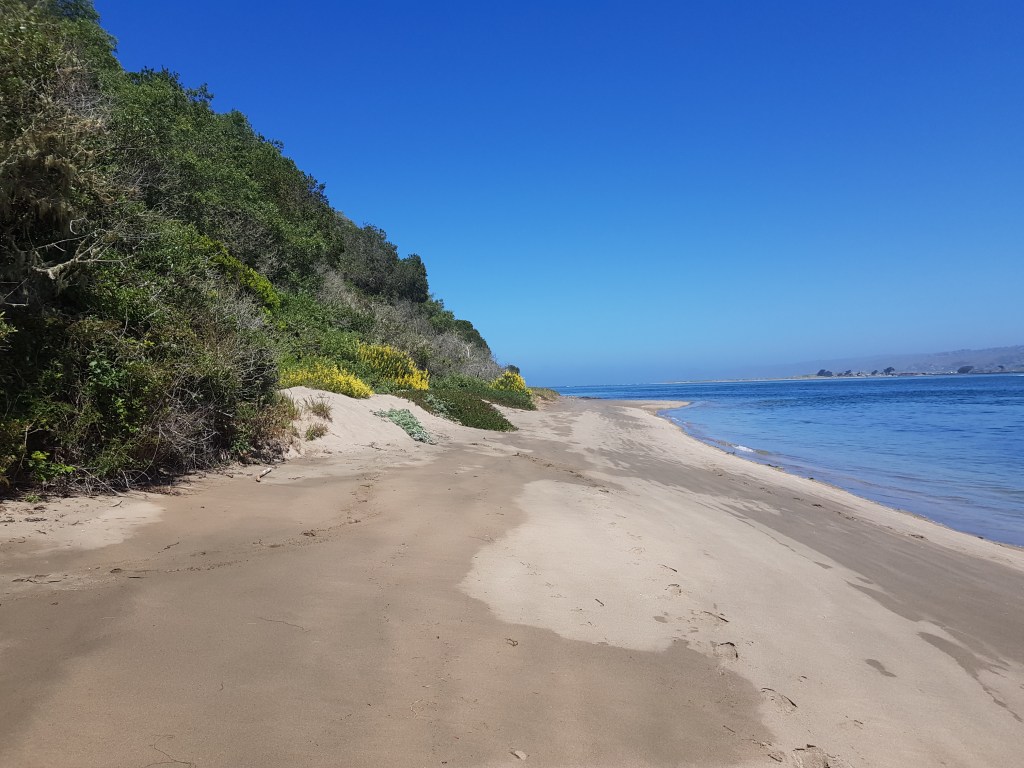




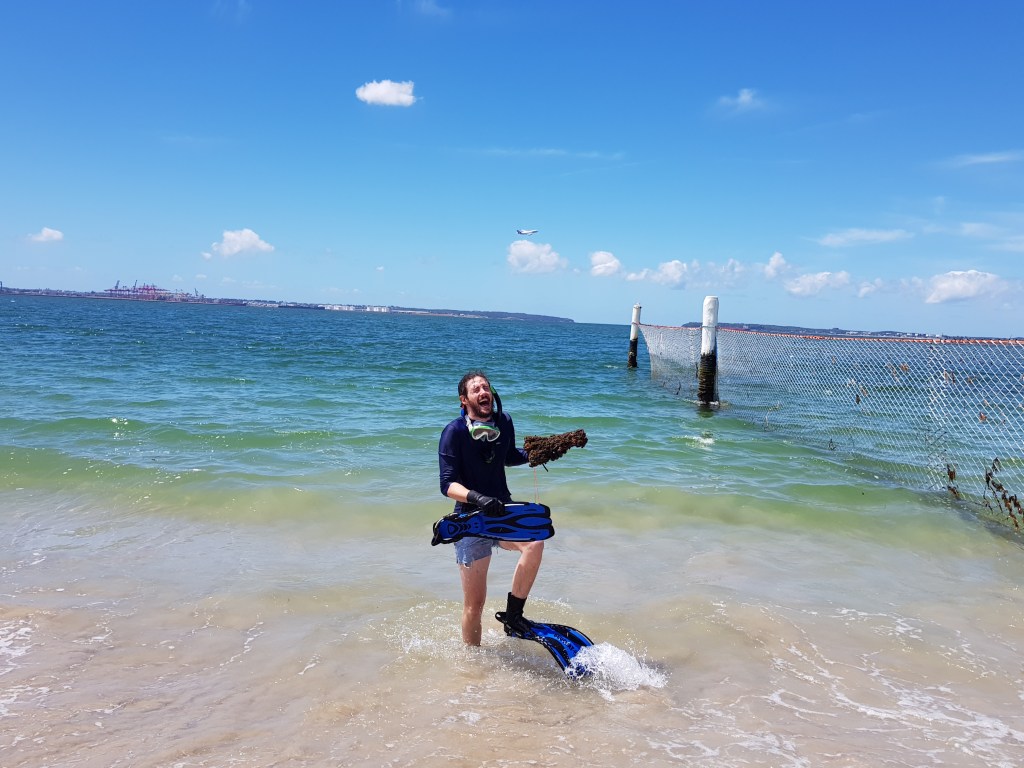
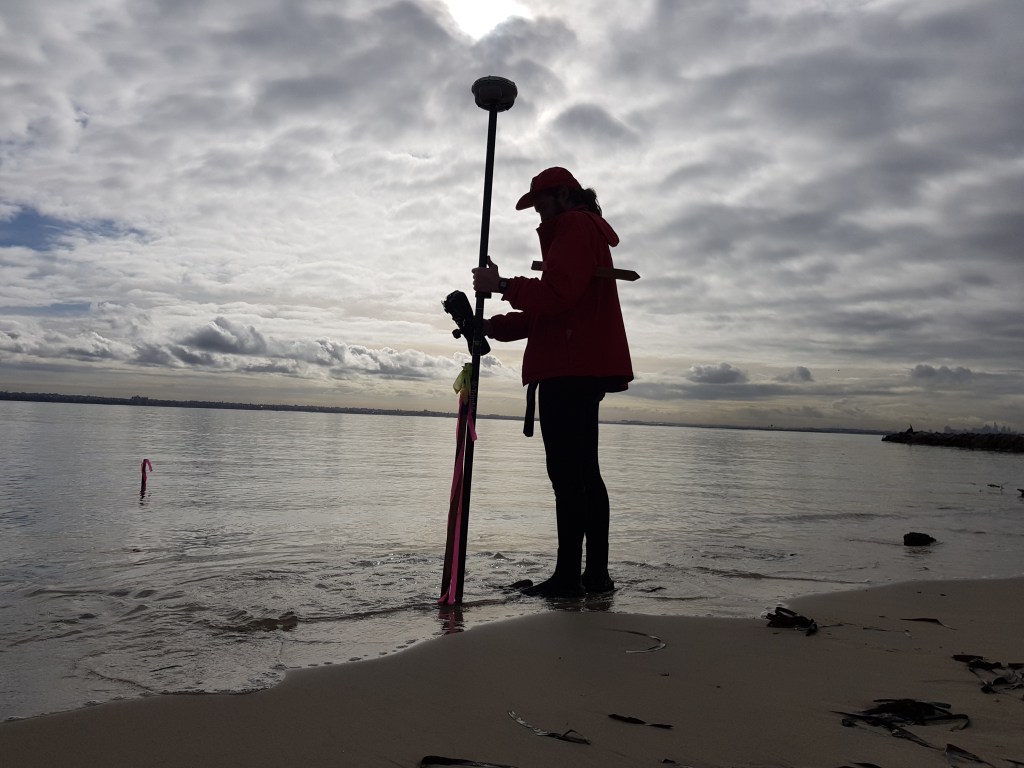


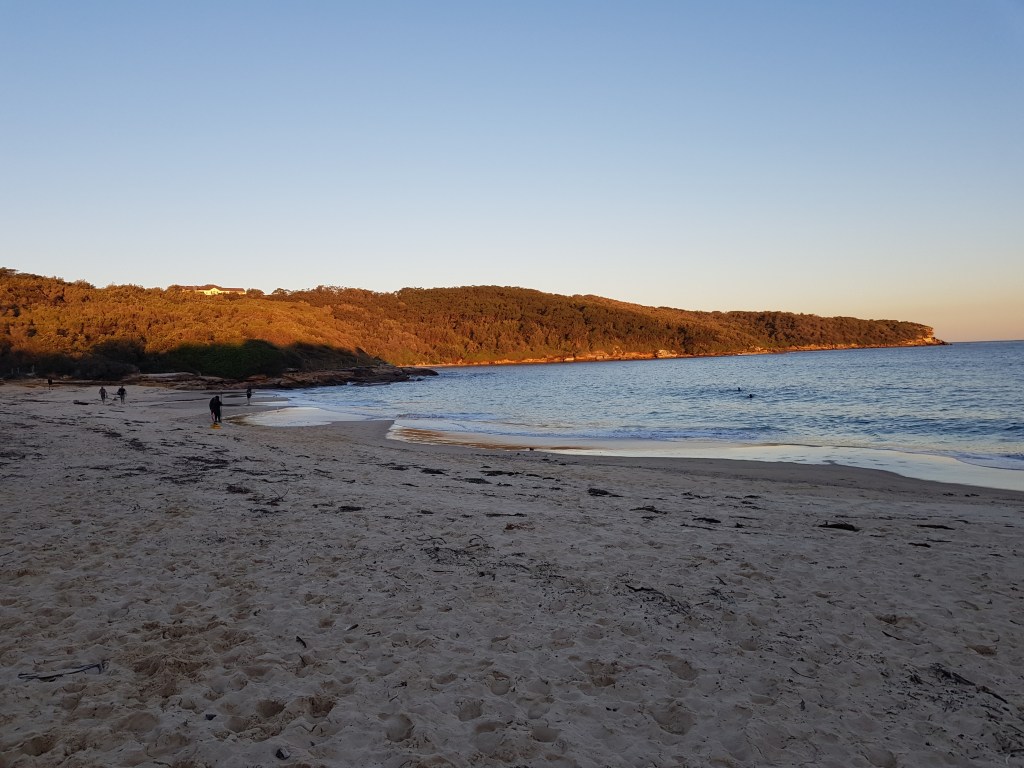




Embayed beaches #embayed_beaches
Embayed beaches are easily identifiable by their rocky or artificial headlands. These beaches are common globally to hill and cliff dominated coastlines. Embayed beach morphodynamics is governed by underlying geology and headlands processes (e.g., waves refraction, diffraction) and have different sediment transport patterns and sandbar / rip morphologies based on wave energy and storm exposure.
The Sydney coastline is a great example of an embayed area (e.g., Manly or Bondi Beach). Since 2015, the GRG has monitored the embayed beaches in the eastern suburbs of Sydney (Bondi, Tamarama, Bronte, Coogee, Maroubra and Malabar) to determine how they respond to storms, and to understand how embayment geometry and headland impact beach morphodynamics. We currently have monthly topographic surveys at each of the beaches, as well as daily images from Bondi Beach and offshore wave measurements.
Our research on embayed beaches is in collaboration with researchers from New Zealand (University of Waikato).
Oyster reef morphodynamics #oyster_morphodynamics
This research in collaboration with marine biologists from Sydney University and from SIMS aims to unlock the hydrodynamic effects that oyster reefs have on estuarine environments in terms of wave attenuation and modification of sediment characteristics and sediment transport pathways and magnitudes. We are developing this research in Kamay (Botany Bay), Port Hacking, and the Shoalhaven estuary.
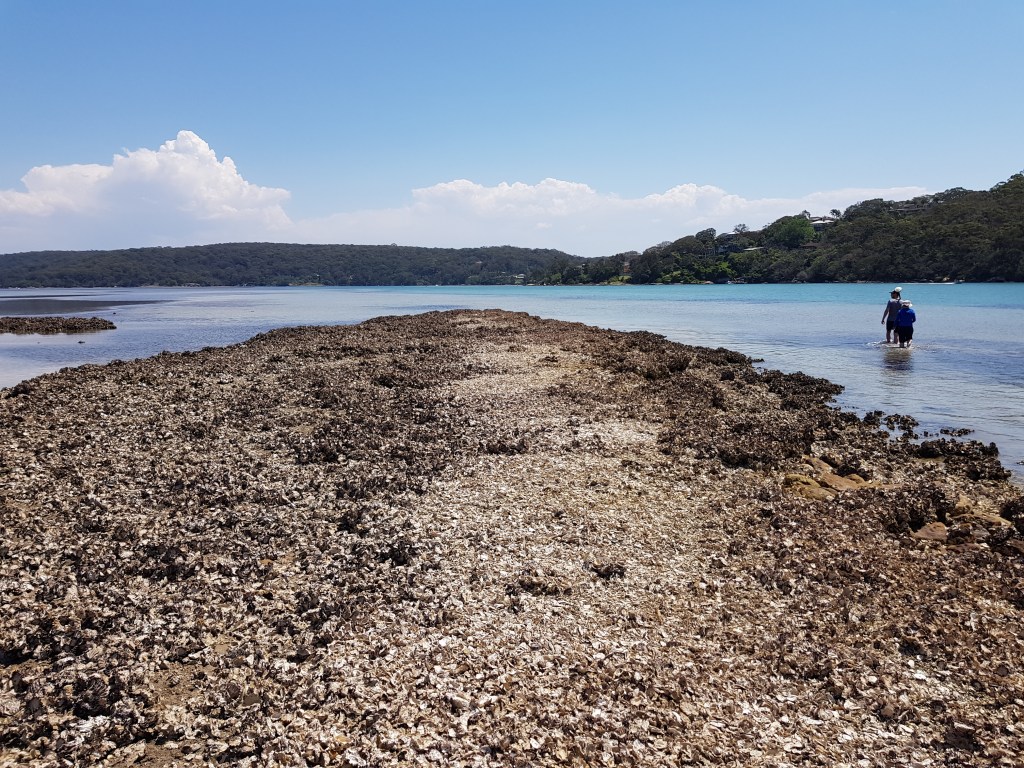



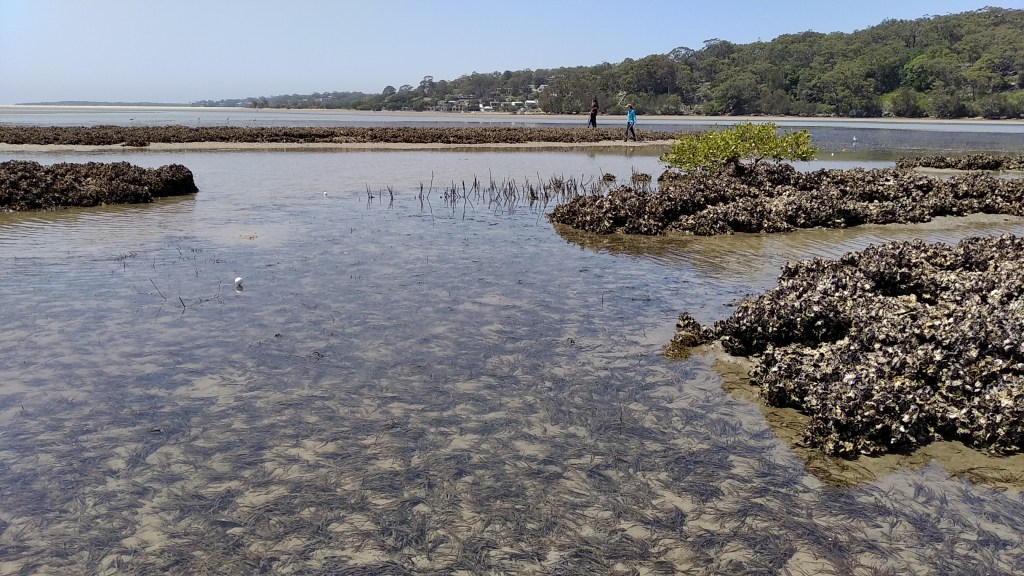


OLYMPUS DIGITAL CAMERA 
OLYMPUS DIGITAL CAMERA 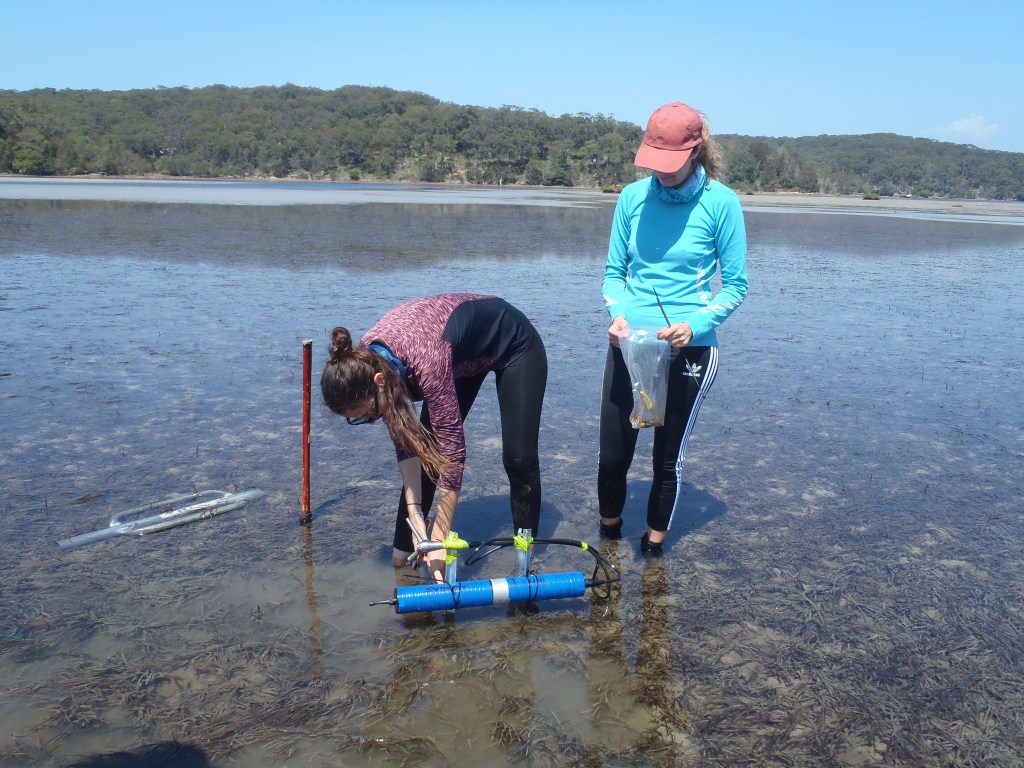
OLYMPUS DIGITAL CAMERA 
OLYMPUS DIGITAL CAMERA 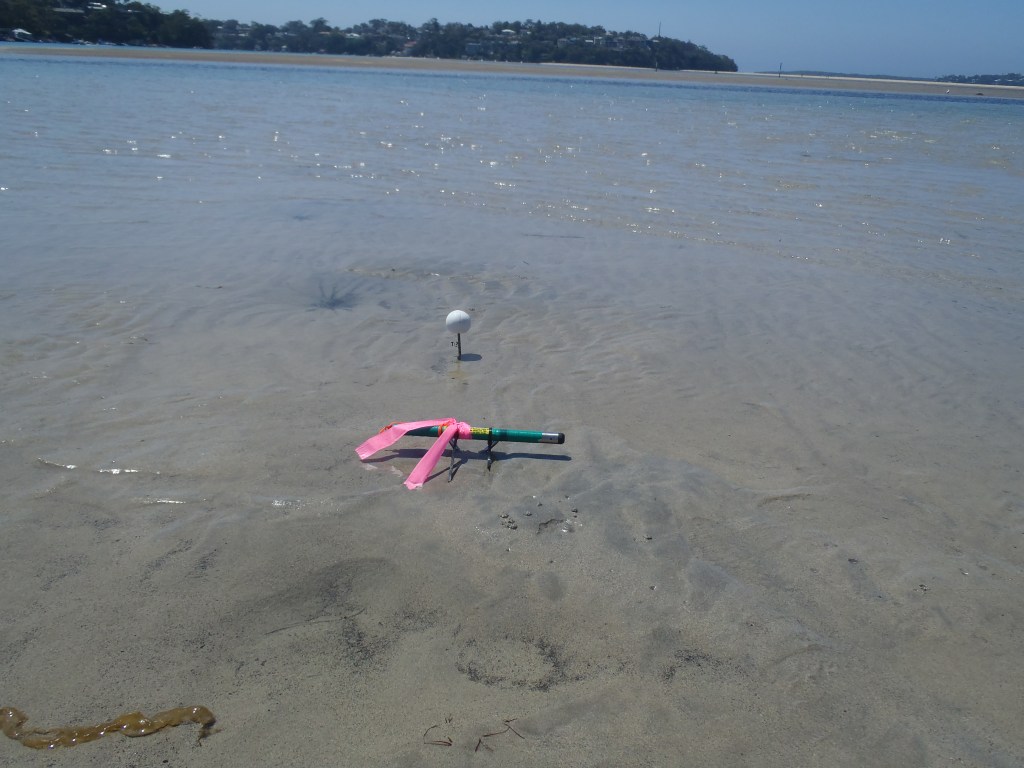
OLYMPUS DIGITAL CAMERA 
OLYMPUS DIGITAL CAMERA 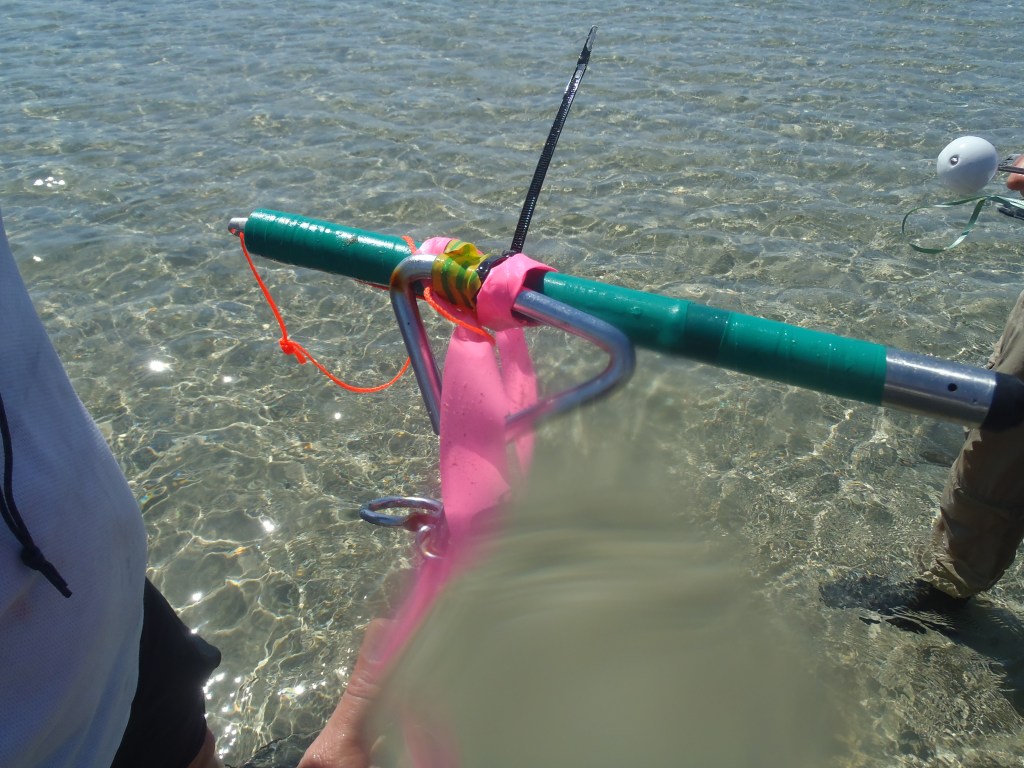
OLYMPUS DIGITAL CAMERA 